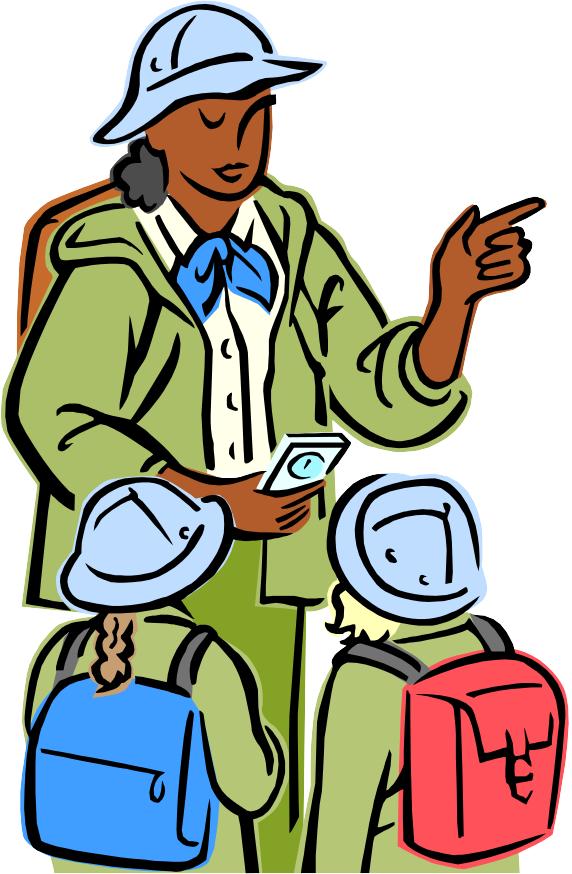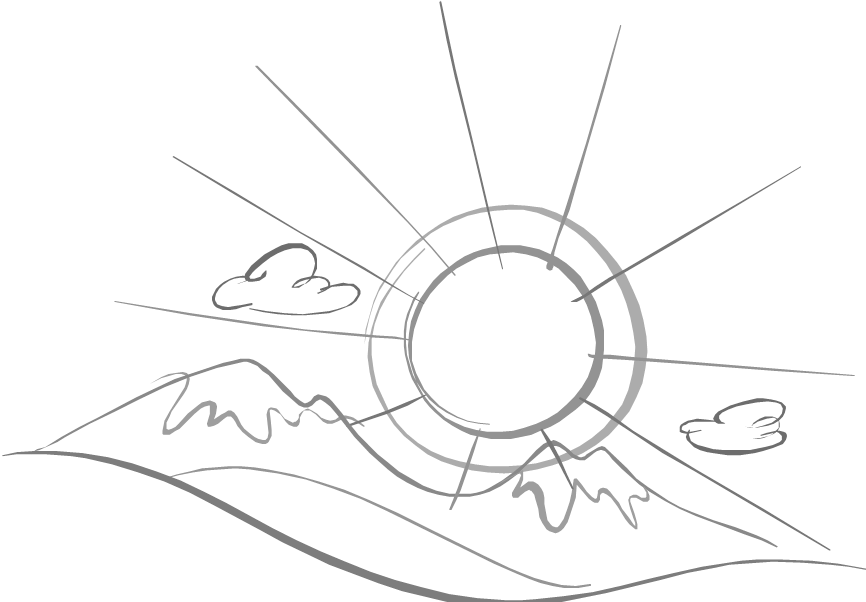
- •1. What associations do you have with the collocations “ecological tourism” and “ecofriendly tourists”?
- •2. Think of as many words as possible related to the theme “ecological tourism”.
- •How to be an ecofriendly tourist in the Alps
- •Vocabulary Drill:
- •How to be a responsible tourist
- •Does Tourism ruin everything that it touches?
- •Ecotourism in Canada
- •Speaking Practice
- •Active Vocabulary:
- •Ecotourism: types of activities Hiking. Trekking. Orientiering
- •Orienteering
- •Vocabulary Drill:
- •Speaking Practice
- •Type of hike
- •Active Vocabulary:
- •Water Tourism
- •1. Think of as many words as possible related to the theme “water tourism”.
- •2. Enumerate water tours which are popular in Krasnoyask krai.
- •How difficult is each river?
- •Vocabulary Drill
- •Canoeing. Kayaking. Rafting
- •2) Canyoning
- •Speaking practice
- •Active Vocabulary:
- •Fishing
- •Alaska Salmon Fishing
- •Vocabulary Drill:
- •Speaking practice
- •Active Vocabulary:
- •Mountaineering and Rock Climbing
- •Mountaineering
- •Rock Climbing
- •Vocabulary Drill:
- •Speaking practice
- •Active Vocabulary:
- •Potholing and caving
- •What are Caves
- •Vocabulary Drill:
- •Speaking practice
- •Active Vocabulary
- •Winter sports Alpine Skiing. Snowboarding. Cross-country Skiing.
- •The World's Largest Refrigerator Snow Skiing in the Great Indoors
- •Snow sports in Val di Fiemme
- •Vocabulary Drill:
- •Instructor boots lift jump goggles slopes pants poles
- •Snowboarding
- •Speaking practice
- •A snowboarder;
- •A downhill skier.
- •Active Vocabulary
- •Different risky outdoor activities and Sports
- •Risky Activities and Sports
- •Kite surfing
- •Freestyle motocross
- •Base jumping
- •Speaking Practice
- •Flora, Fauna and Landscape
- •The word "altai" comes from the Mongolian word "altan" meaning "golden"
- •Siberian Forests
- •Flora and Fauna
- •Khentee Landscape
- •Animal Life
- •Vocabulary Drill:
- •For Birds, For People, Forever
- •A habitat in your own back yard!
- •Speaking Practice
- •Threats to biodiversity
- •Active Vocabulary
- •Weather and Wear
- •The Season
- •Vocabulary Drill:
- •Sunshine shower thunderstorm windy cloudless
- •Hailstorm mild drizzle gentle wind cloudburst
- •Translate the following words and collocations into English. Restore the situations in which they are used in the texts and tasks:
- •Weather and Wear
- •What to Wear for Caving
- •Make a list of clothes recommended for a caving tour.
- •Снаряжение
- •1) Обувь
- •2) Одежда для активных передвижений
- •3) Одежда для стоянок
- •Active Vocabulary Weather
- •Tourist destinations and accommodations
- •Holidaymakers who are bored with baking beaches and overheated hotel rooms head for a giant igloo.
- •Read the text again and complete the table. Then choose a campsite and describe it.
- •Look at the pictures and discuss with you group mate which accommodation you would prefer to stay at.
- •Read the article about ecoaccommodations and make a dialogue with your group mate. Discuss the principles of eco accommodations. Definition of ecolodge accommodation
- •The ecolodge facililty
- •Ecolodge features and ecolodging
- •The Great Itineraries
- •Vocabulary Drill:
- •Camping Experience
- •Saving the Environment
- •Outline which actions can be taken in this situation to settle a problem.
- •Now, change the tone from positive to negative in the following extract from an assessment report, by changing the highlighted items.
- •Discuss in which situations these statements can be used.
- •1) Marlborough District is waiting for guests
- •Hiker’s Heaven: Hiking Base Camp in Ergaki National Park
- •Jasper National Park
- •Write the advertisement block about tourist destinations and accommodations in the region you live in.
- •Speaking Practice
- •Pacific orca lodge
АНГЛИЙСКИЙ ЯЗЫК В СФЕРЕ АКТИВНОГО И ЭКОЛОГИЧЕСКОГО ТУРИЗМАEnglish for the Hotel and Tourist

УЧЕБНОЕ ПОСОБИЕ
АНГЛИЙСКИЙ ЯЗЫК В СФЕРЕ
АКТИВНОГО И ЭКОЛОГИЧЕСКОГО ТУРИЗМА

УЧЕБНОЕ ПОСОБИЕ
Учебное пособие «Английский язык в сфере активного и экологического туризма». В пособии предлагается материал по темам: «Экологический туризм», «Виды экотуризма: пеший туризм, водный туризм, горный туризм и скалолазание, спелеотуризм, зимние виды туризма и др.», «Флора, фауна и виды ландшафта», «Погодные явления», «Средства размещения в сфере экологического и активного туризма. Тексты включают аутентичные материалы, что дает возможность не только совершенствовать навыки владения английским языком, но и узнать много полезной информации о тенденциях развития в индустрии туризма в мире. Каждый тематический раздел снабжен блоком активной лексики. Структура учебного пособия предполагает развитие всех навыков речевой деятельности. Пособие предназначено для лиц, интересующихся туризмом, а также для студентов специальных учебных заведений, владеющих английским языком на уровне Intermediate.
Table of contents:
Ecological tourism 4
Ecotourism: types of activities 16
Hiking. Trekking. Orientiering 16
Water tourism: Сanoeing. Kayaking. Rafting. 22
Fishing 28
Mountaineering and Rock Climbing 31
Potholing and Caving 35
Winter sports: Alpine skiing. Cross-country skiing. Snowboarding 40
Different risky outdoor activities and sports 47
Flora, fauna and landscape 50
Weather and wear 65
Tourist destinations and accommodations 78
Unit 1.
Ecological tourism
Warm-up Activities.
1. What associations do you have with the collocations “ecological tourism” and “ecofriendly tourists”?
2. Think of as many words as possible related to the theme “ecological tourism”.
Text 1.
How to be an ecofriendly tourist in the Alps
Guests at the Waldhaus Am See in St. Moritz bring more than baggage to the 36-room hotel. With manager Claudio Bernasconi's encouragement, +
The visitor who brings in the most litter gets room and board for a week on the house. The record is 19 kilograms, mostly cans, collected by two Swiss women on vacation last August.
"They said they worked so hard they were going to need another holiday," Bernasconi laughs.
The hotel's two-year-old campaign is meant to encourage visitors to protect the Alpine environment. However, Bernasconi and tourist officials throughout the Alps know that responsible or "soft" tourism requires more than picking up litter.
Successful ecotourists, they say, must start with careful planning — finding leisure activities and transportation that go easy on the environment and searching out resorts that promote active preservation of the Alps.
Once the traveler has arrived, moreover, he or she must strive to conserve energy, avoid endangered species and purchase local products, generally produced by mountain farmers who sustain the fragile landscape of the Alps.
One approach to soft tourism is scheduling a trip between seasons.
Staggering of holiday schedules helps reduce the choking, noisy traffic that tops the list of environmental concerns in most Alpine regions. Alpine resorts generally boom during the height of winter, when hotels are filled to 100 per cent of capacity.
Another important way to mitigate the environmental assault from autos is to take public transportation whenever possible.
In some areas, like Zermatt, Switzerland, local transport is an attraction in itself. In Zermatt, a mountain community 1,620 meters high, cars are forbidden. In their place, a fleet of five electric buses carries skiers to lifts (the fare about $1.40).
Hotels ferry luggage on some 380 smaller electric vehicles. The payoff for the environment is low pollution and energy demand, and blissful quiet.
The environmental ethic should continue inside the hotel.
Responsible tourists should reduce their own demand for energy whenever possible by flicking off unnecessary lights, by turning down heat, and by finding out how often the hotel changes sheets and towels, and letting the concierge know if they can get by with the same laundry for a longer period.
Tourists who visit local shops can try to buy items with minimal wrapping that will add less trash to overloaded waste systems. They can also purchase locally made products when possible. Goods made nearby require less energy to transport, and their sale supports the Alpine economy.
Finally, ecotourists should take their environmental ethic onto the ski slopes and hiking trails of the Alps.
It is important to avoid straying from marked paths or ski runs unless a local guide is present. Snow protects plants and animals through the winter and skis can slash the blanket that enables them to survive.
The future of the alpine ecosystem depends on the behavior of the 10 million of tourists who enjoy the beauty and grandeur of the Alps each year.
Damage done by the unthinking tourist can be irreversible. In these parts of the Alps, trash thrown to the side of the trail will be preserve decades in a deep freeze.
However, if everyone cooperates, the payoff will be rewarding vacation in lush alpine environment for generations to come.
Task 1. Read the text and answer the comprehension questions:
1. How did one Swiss hotel help protect the environment?
2. What does "soft" tourism require?
3. What should a successful ecotourist start with?
4. How do responsible tourists sustain the fragile landscape of the Alps?
5. What is another approach to soft tourism?
6. Why is staggering of holiday schedules so vital in most Alpine regions?
7. Are there any other ways to mitigate the environmental assault cars?
8. How should the environmental ethic continue inside the hotel?
9. What shopping principles should ecotourists follow?
10. How can ecotourists protect the environment on the ski slopes / hiking trails of the Alps?
11. What does the future of the alpine ecosystem depend on?
12. Why is damage done to the nature irreversible?
13. What is the payoff for everyone who takes care of the environment?
14. The Alps are Europe's largest ecosystem, shared by 12 million people.
What laws are needed to protect them? What harm are tourists doing to them? What guidelines could be used to treat them better?
Task 2. Say what you've learned from the text about:
a) at least ten ways of being a good "ecotourist";
b) "soft" tourism (or Green Tourism) principles;
c) the roles of local community in protecting the future environment the Alpine ecosystem.
Task 3. Study the information chart and discuss the environmental issues concerning the Alps' ecosystem. Express your attitude towards the mentioned information:
100 million people visit the Alps each year. They spend $52 billion in the region but none of the money is used to protect the Alps;
the 41,000 ski lifts harm the environment. Forests and rivers are damaged by salt and sewage (human waste);
the environment is polluted by gases from private cars;
the destruction of the forests leads to avalanches and land-slides (falling land and rocks)
a German survey found out that 58 per cent of tourists noticed damage to the Alps (such as dead trees and erosion)
all EC countries have signed an agreement to protect the Alps;
the Swiss want a law which “makes the polluter pay”;
Swiss tourist offices now give visitors a booklet on how to be good “ecotourists”;
Clarins, the French cosmetic firm, has created a butterfly sanctuary in the Alps. (There is already one for alpine birds).
Suchard chocolates are paying for alpine tree re-plantation;
"Green" charities are training local people in traditional alpine jobs, from carpentry to building mountain chalets.
Task 4. Express your position who should pay to protect the Alps? (the EC, national governments, local people, visitors, the polluters) Give reasons for your answer.
Task 5. Make a dialogue. Discuss the problem of environmental tourism, rules of ecotourists. Give examples mentioned in the text. Conduct debate if tourist organizations and tourists in Russia start to think about environmental tourism? Give arguments. (How and where? If not, why?)
